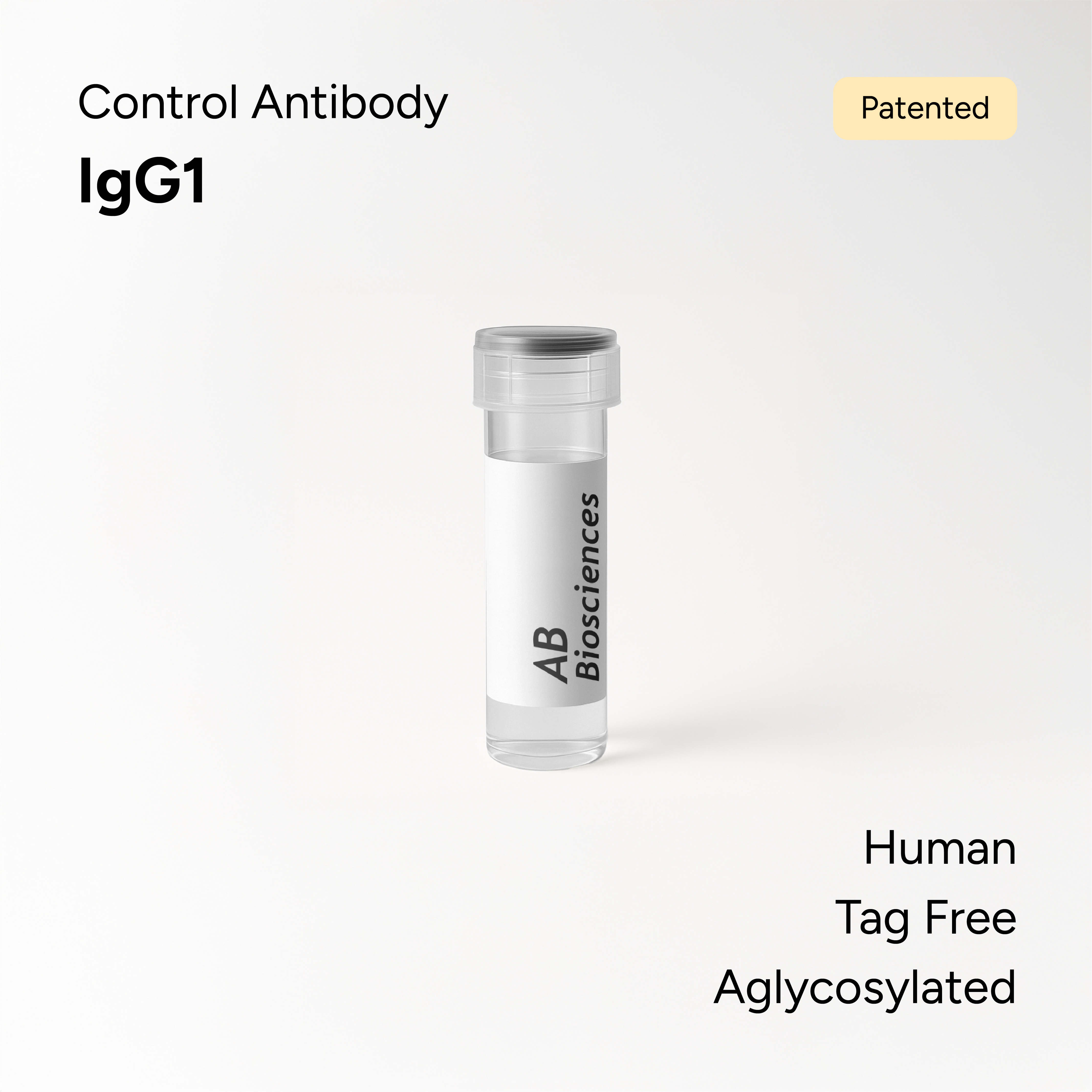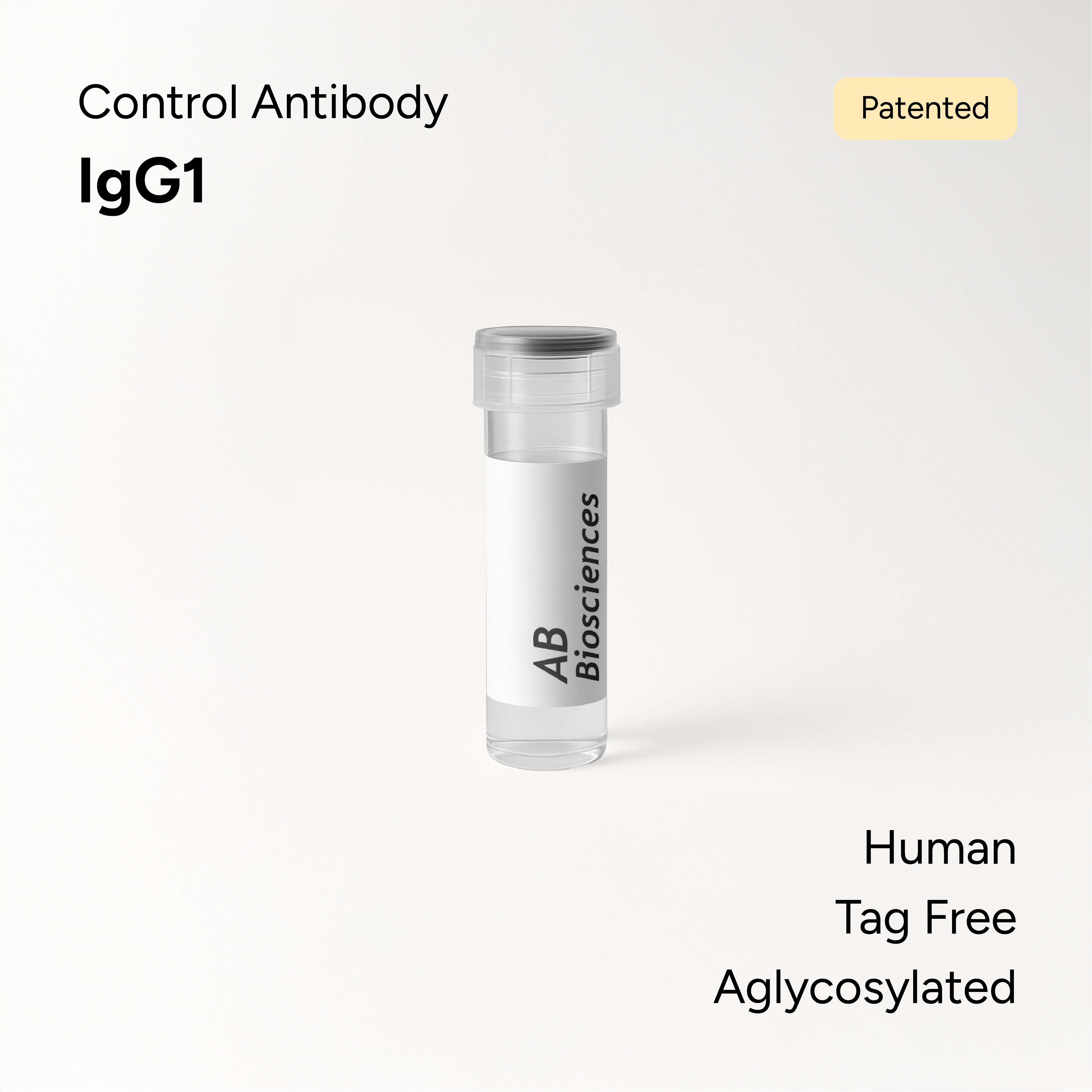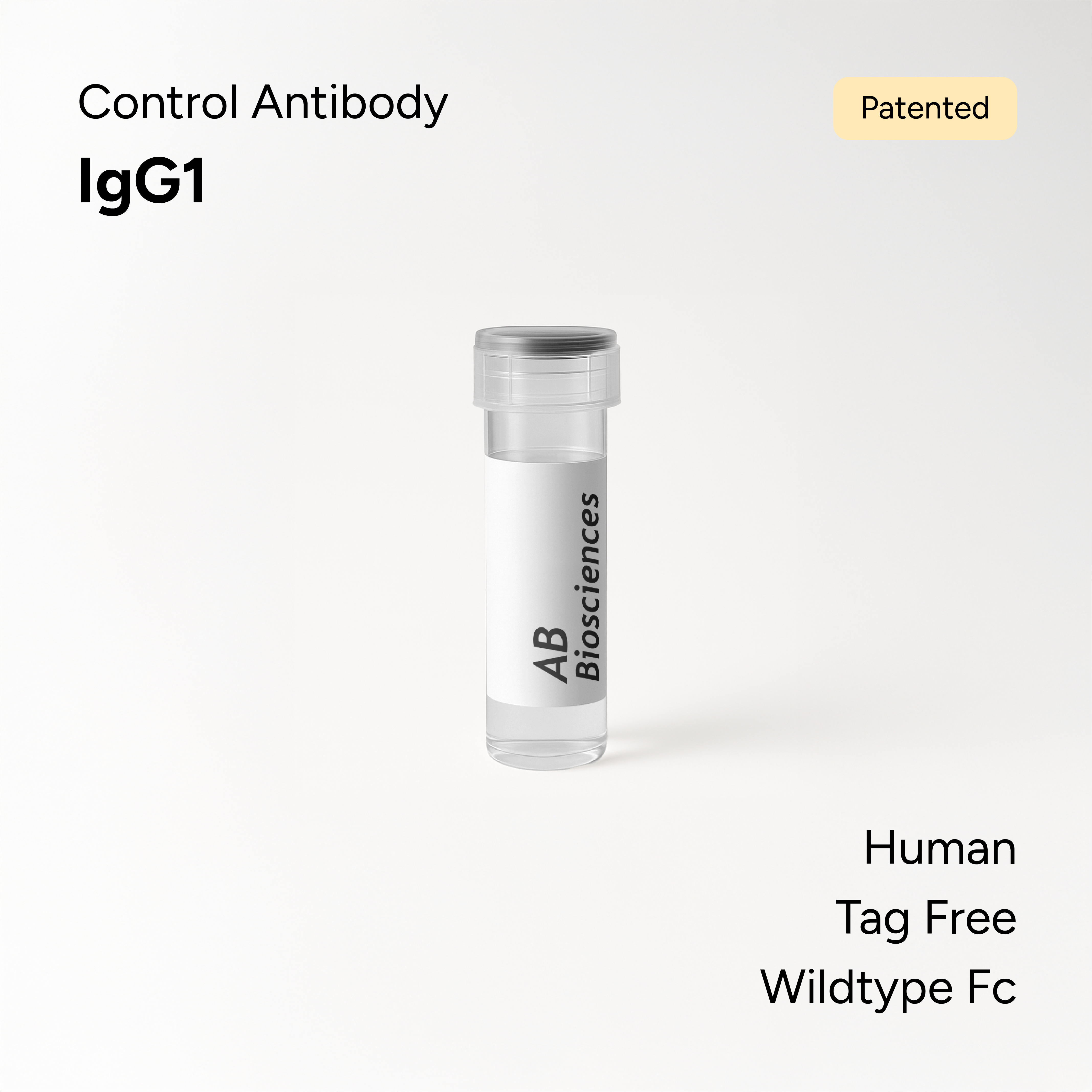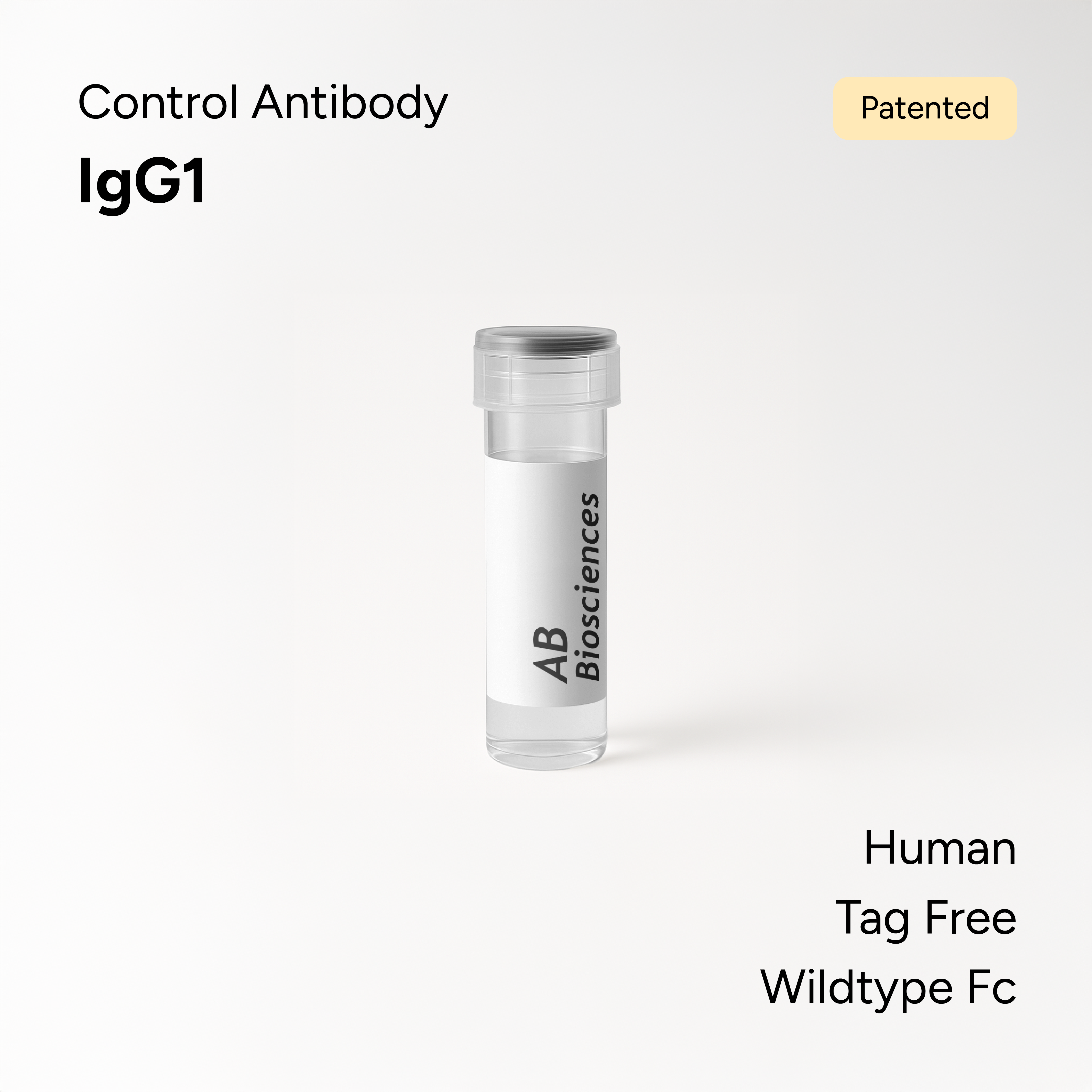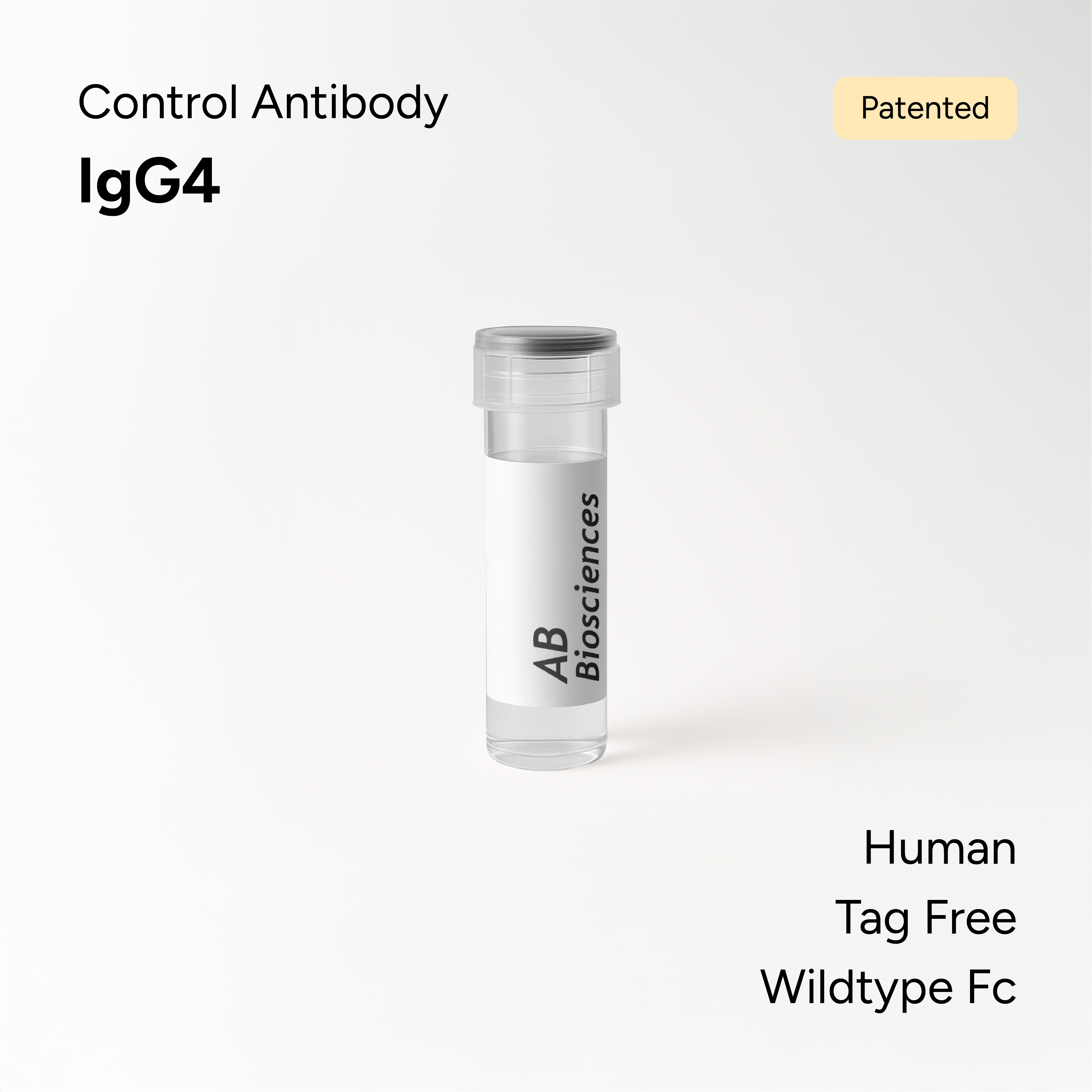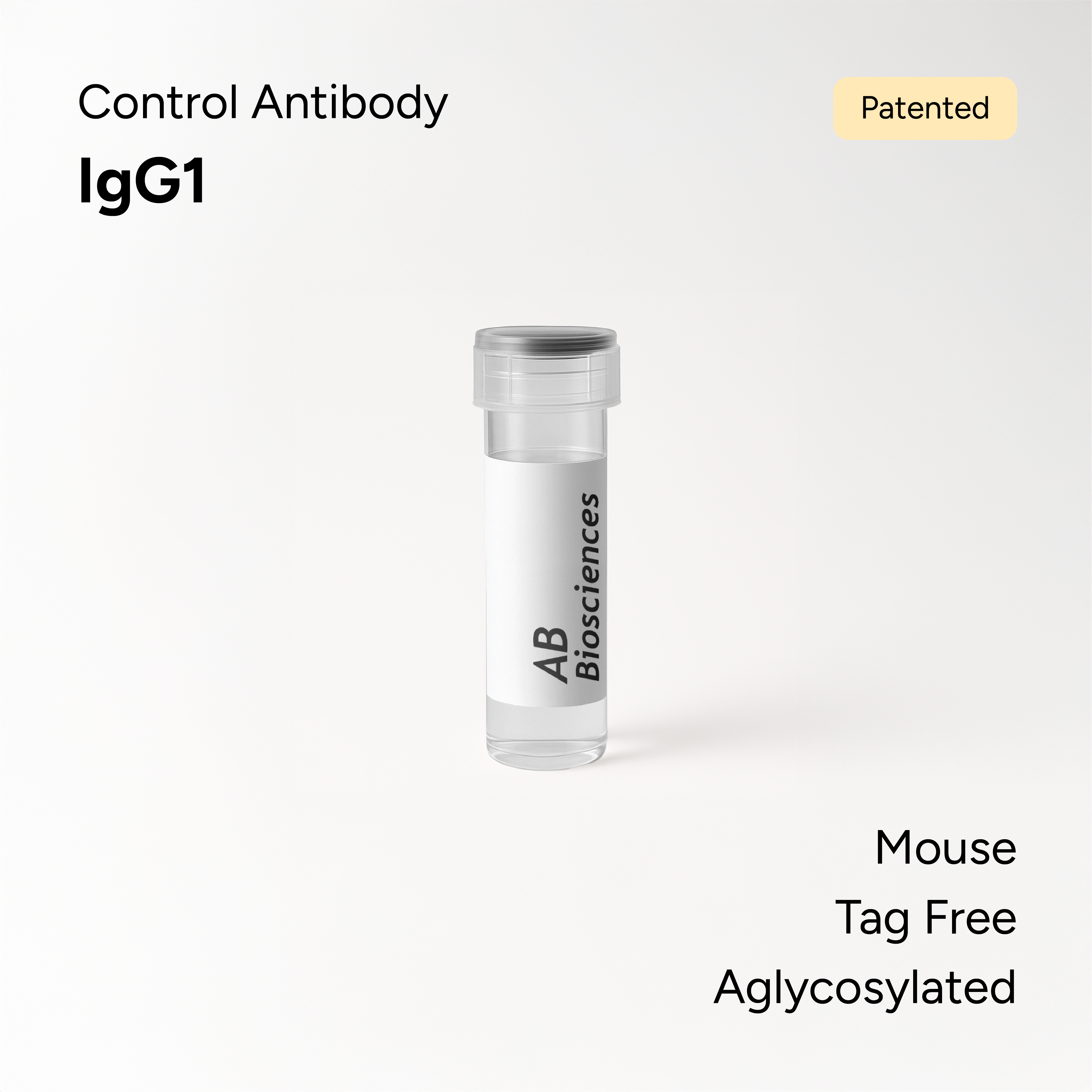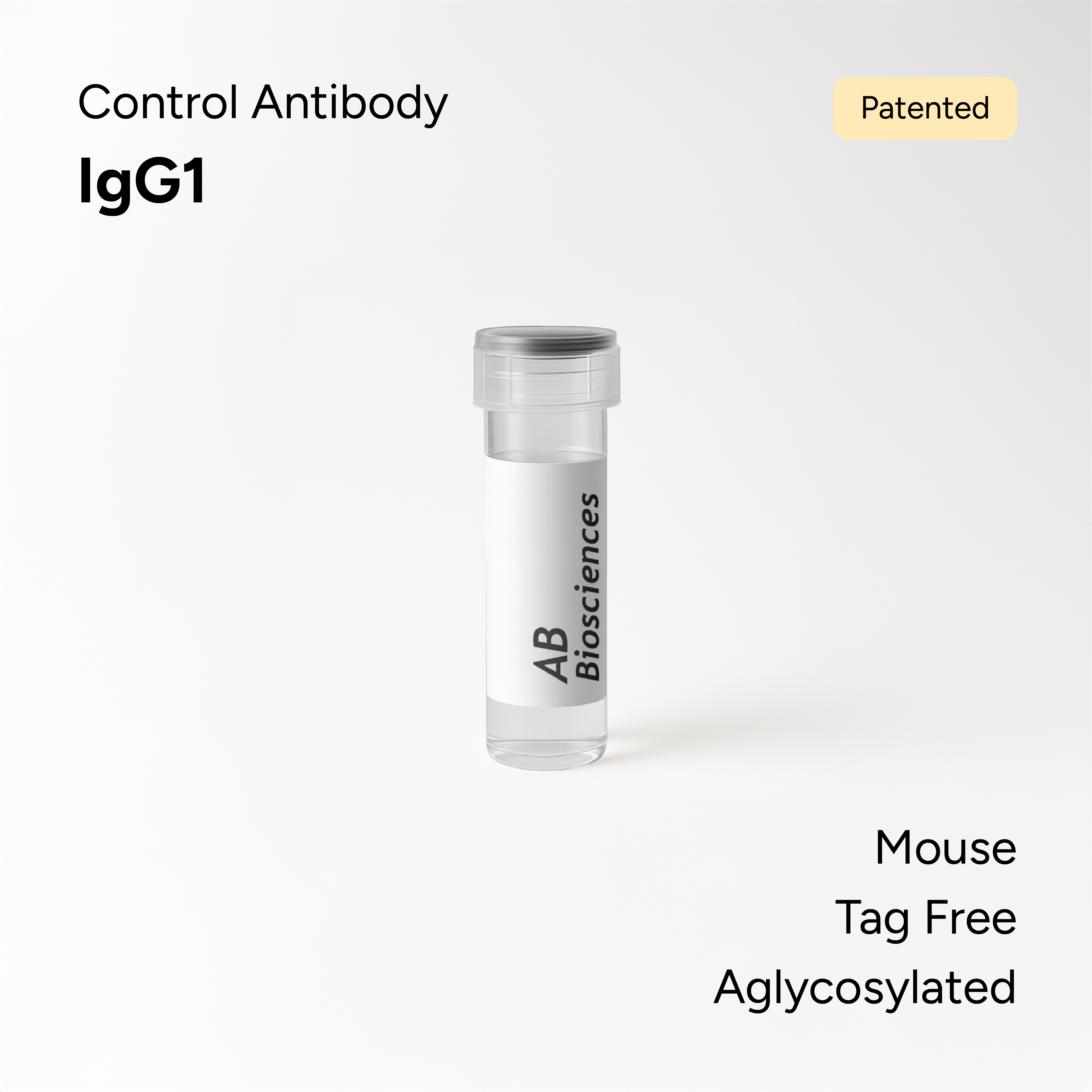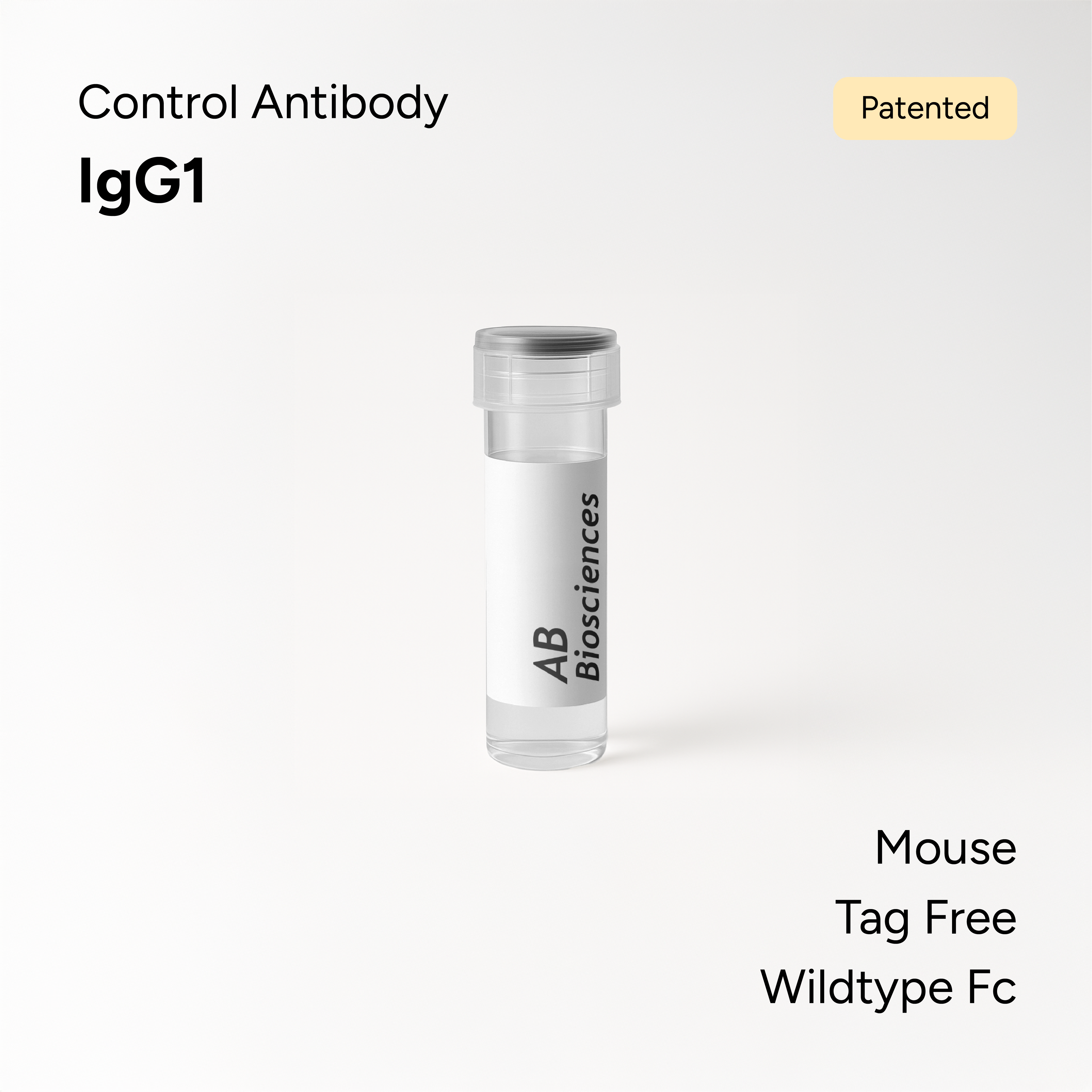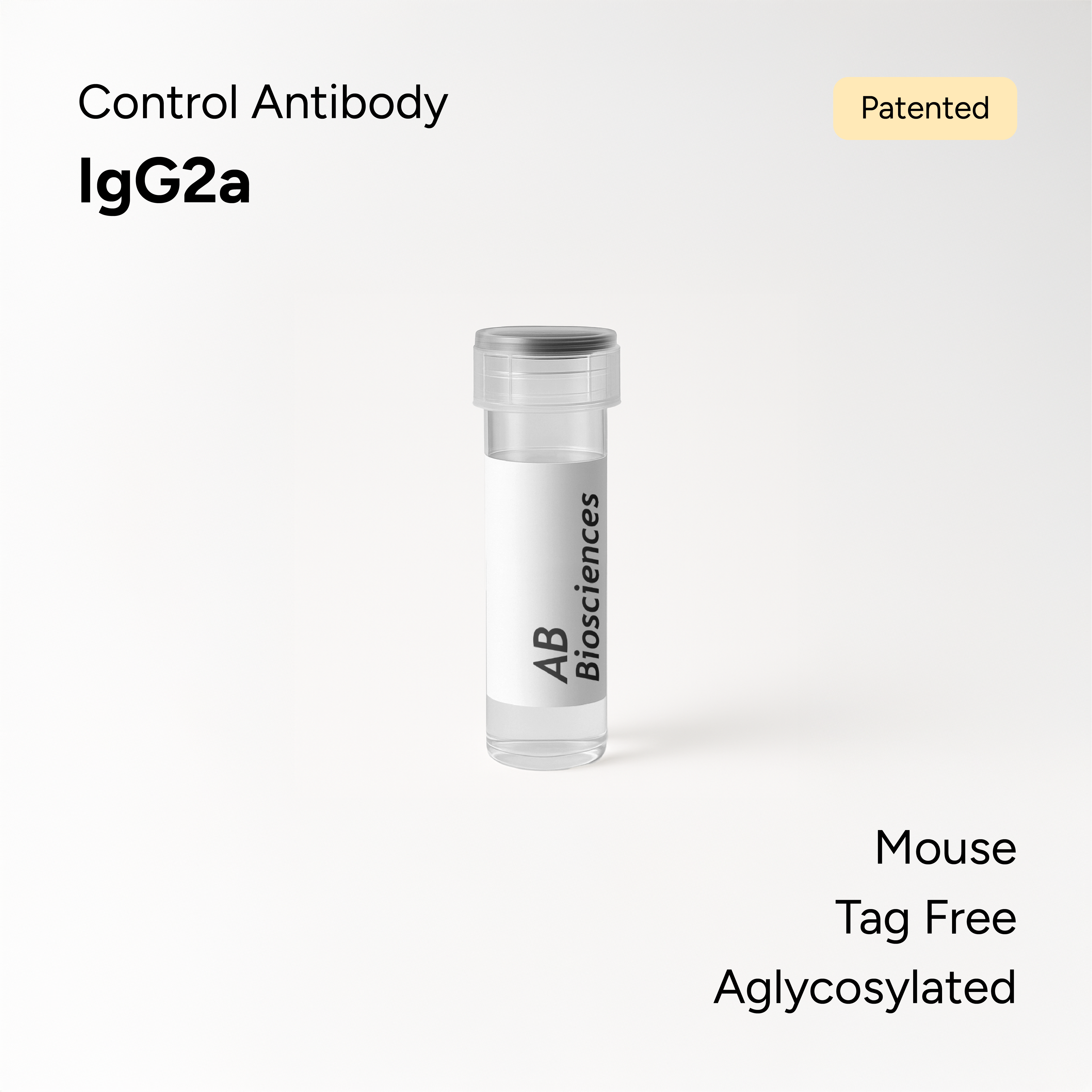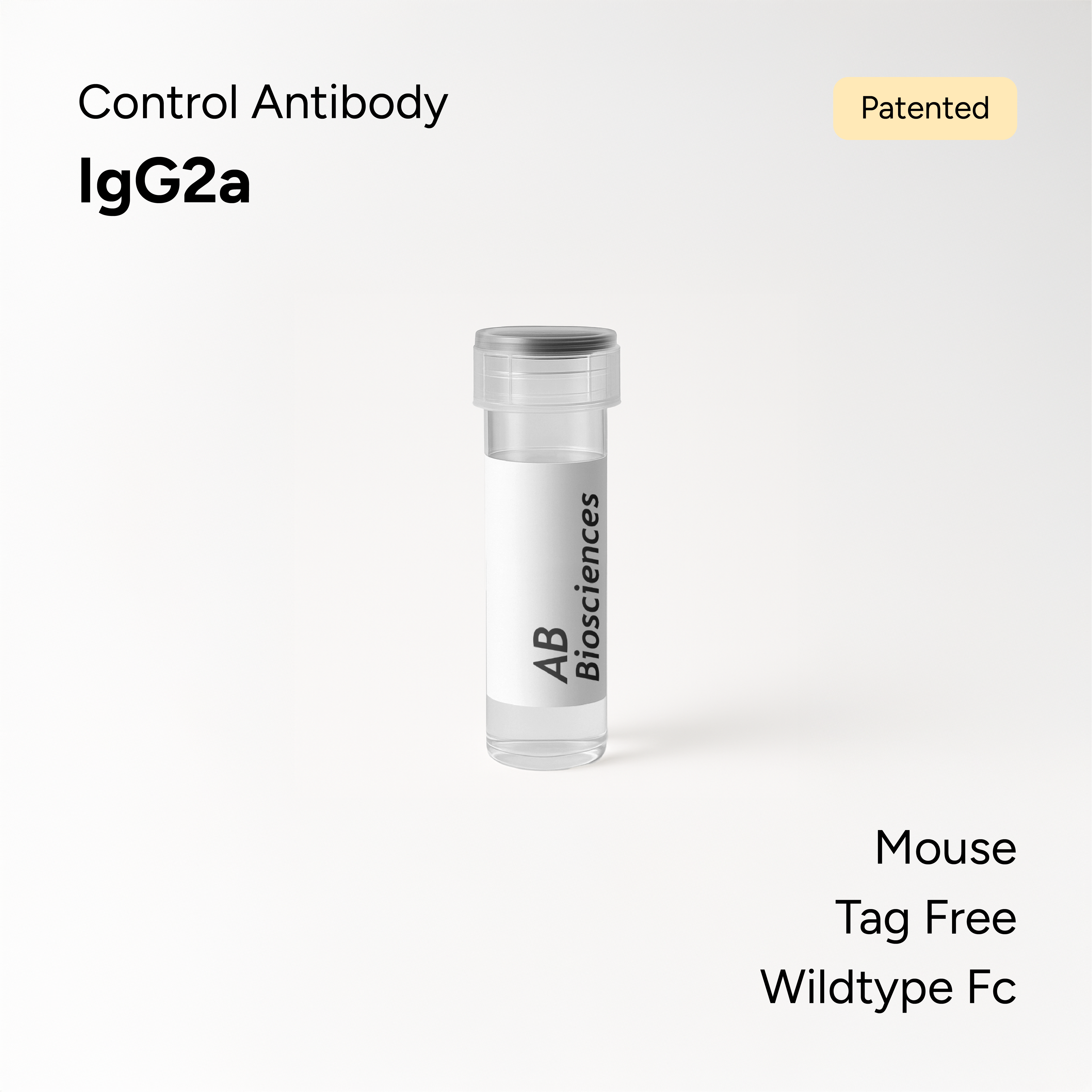Search Product Catalog
All of our products are manufactured in Boston, MA, USA to the highest quality standards.
Don’t see what you’re looking for?
Reach out to us—we’re happy to talk about contract services.
Type: Z-MAB
Human Control Antibody IgG1 Aglycosylated Fc
Type: Biotin-Z-MAB
Human Control Antibody IgG1 Aglycosylated Fc Biotin
Type: Z-MAB
Human Control Antibody IgG1 Wildtype Fc
Type: Biotin-Z-MAB
Human Control Antibody IgG1 Wildtype Fc Biotin
Type: Z-MAB
Human Control Antibody IgG4 Aglycosylated Fc
Type: Biotin-Z-MAB
Human Control Antibody IgG4 Aglycosylated Fc Biotin
Type: Z-MAB
Human Control Antibody IgG4 Wildtype Fc
Type: Biotin-Z-MAB
Human Control Antibody IgG4 Wildtype Fc Biotin
Type: Z-MAB
Mouse Control Antibody IgG1 Aglycosylated Fc
Type: Biotin-Z-MAB
Mouse Control Antibody IgG1 Aglycosylated Fc Biotin
Type: Z-MAB
Mouse Control Antibody IgG1 Wildtype Fc
Type: Biotin-Z-MAB
Mouse Control Antibody IgG1 Wildtype Fc Biotin
Type: Z-MAB
Mouse Control Antibody IgG2a Aglycosylated Fc
Type: Biotin-Z-MAB
Mouse Control Antibody IgG2a Aglycosylated Fc Biotin
Type: Z-MAB


